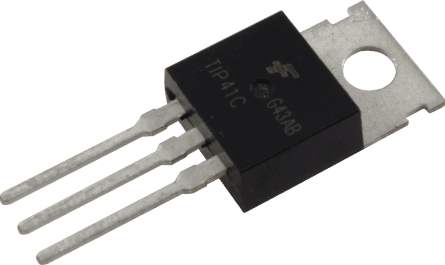Intellectual property (IP) refers to creations of the mind such as inventions, literary and artistic works, and symbols, names, images, and designs used in commerce. In the digital age, it is crucial for businesses and individuals to properly manage and protect their intellectual property. Advancements in software technology now allow for sophisticated yet easy-to-use IP management solutions.
The Importance of Intellectual Property
Intellectual property rights are important for both individuals and businesses. For individuals, IP protections allow artists, authors, and inventors to financially benefit from their creations and innovations. For businesses, protecting trademarks, patents, copyrights, and trade secrets gives them a competitive advantage and prevents costly litigation. Developing new products and services requires huge investments of time, money and resources which companies rely on IP laws to receive returns on. Nations also use IP laws to incentivize innovation and drive economic growth. Strict enforcement of IP rights has led to advancements in technology, medicine, entertainment and many other industries.
Modern Software Solutions for IP Management
Traditionally, tracking and protecting intellectual property software required manually filing paperwork and storing documents in physical archives. This process was time-consuming, expensive and error-prone. Today, sophisticated IP management software automates much of the workflow while providing powerful search and analytics capabilities. Leading solutions offer modules for patents, trademarks, copyrights, agreements and other IP asset types. Key features include:
– Online dockets and calendars to manage filing deadlines and stay compliant with regulations. Automatic reminder emails keep users on track.
– Intuitive interfaces for documenting invention disclosures, work made for hire agreements, assignment records and other origination documents. Built-in validation ensures completeness.
– Seamless integration with patent office public databases for monitoring published applications, granted IP rights and expiration dates worldwide.
– Advanced search tools to quickly find internal or external IP assets by keyword, date range, jurisdiction, assignee and other filters. AI-driven suggestions improve search precision.
– Configurable workflows for tasks like application drafting, prosecution management, renewals and more with automatic routing and status updates. Customizable approval levels maintain organizational governance.
– Integrated reference and citation management when compiling prior art searches or drafting new applications. Links connect related sources.
– Reporting and dashboards with visualizations of portfolio performance, prosecution outcomes, inventor contributions and other metrics for impact analysis.
– Mobile access for reviewing matters and approving actions on the go utilizing tablets or smartphones. Geolocation tools track local inventors.
– Tight security with multi-factor authentication, activity logging and flexible user permissions to control internal and external collaborator access. Encrypted data storage meets regulatory requirements.
– Interfaces localized in multiple languages to support global IP portfolios and international filing needs. Automatic currency conversion simplifies budgeting.
– Integration with external partner systems like law firms or patent annuity services to streamline workflows across the IP ecosystem. Customizable API access further extends capabilities.
Modern software solutions have transformed IP management from an administrative burden to a strategic asset. Automating routine processes frees up resources for higher value work like innovation analysis, licensing opportunities and enforcement activities.
Implementation Considerations
When selecting an intellectual property management solution, organizations should consider key requirements like portfolio size and complexity, desired customization, integration needs, security protocols, pricing models and vendor support. An evaluation period testing system usability and confirming feature-function fit is advisable.
On-premise deployment may be preferable for large IP portfolios with sensitive data requirements. However, cloud-based Software-as-a-Service (SaaS) delivery provides constant updates, scalability and avoids heavy infrastructure investments. An open API architecture allows connecting additional tools as business needs evolve.
Change management helps stakeholders adapt to new systems and processes. Training materials, quick reference guides and dedicated support resources smooth the transition. It also helps to identify metrics to track the impact on productivity and portfolio performance over time. Regular reviews ensure the software continues meeting business goals.




